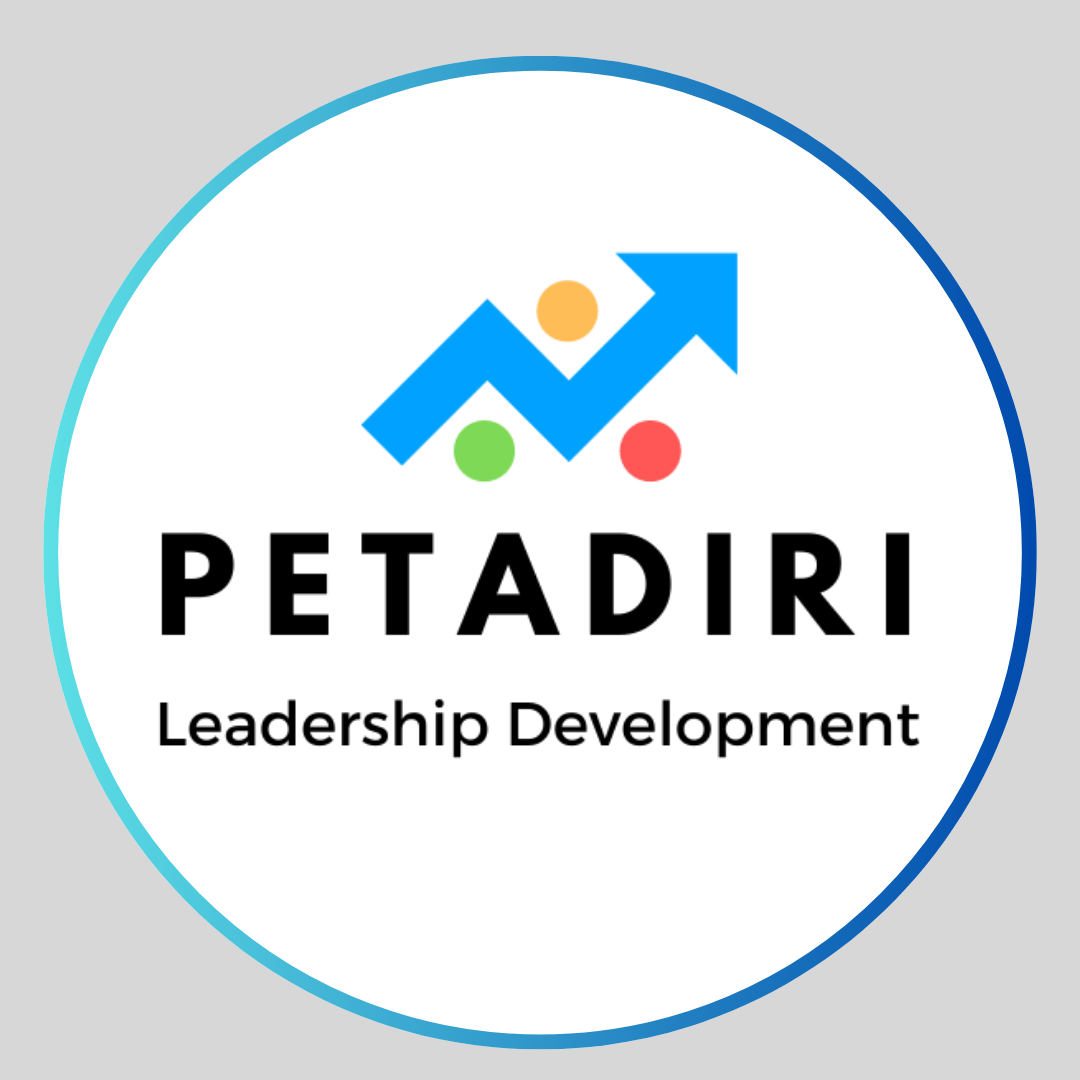Blended Learning Strategies: Building Adaptive Leadership in Malaysian Corporations
- Petadiri Team

- Oct 27
- 3 min read
Corporate Malaysia stands at an inflection point. Digital acceleration, workforce mobility, and shifting employee expectations are redefining how organizations must build capability. Leadership development — once event-based and episodic — now needs to be continuous, contextual, and culture-driven.
In this landscape, blended learning has emerged not as a training format, but as a strategic architecture for organizational agility. It integrates human insight with digital scalability — creating leaders who can think systemically, collaborate across boundaries, and adapt in real time.

Why It Matters: Blended Learning Strategies for Corporate Leaders
Blended learning is not about convenience. It’s about strategic advantage.For decision-makers, its value lies in how it aligns capability development with three corporate imperatives: performance, culture, and sustainability.
1. Performance: Turning Learning into Measurable Business Value
Traditional workshops often deliver enthusiasm without transformation. Blended learning shifts this equation. By weaving digital, social, and experiential learning into daily work, it shortens the distance between learning and performance.
Leaders don’t just “attend training” — they practice in context, get real-time feedback, and iterate continuously.This creates a closed learning-performance loop that directly impacts operational KPIs, customer experience, and innovation outcomes.
“The ROI of learning is no longer measured by attendance, but by applied performance improvement.”
2. Culture: Building a Learning Organization from the Inside Out
In many corporations, learning remains transactional — a response to skills gaps.Blended learning reframes it as a strategic cultural lever. It embeds learning into the organization’s rhythm, signaling that growth is not a privilege, but a shared responsibility.
When learning is always-on, leadership development becomes a cultural identity, not a program.This shift transforms the psychological contract with employees — from “we train you” to “we grow together.”
“A learning culture is the invisible infrastructure that sustains transformation long after the program ends.”
3. Sustainability: Scaling Leadership for a Changing Future
As organizations expand regionally and adopt hybrid work models, leadership development must scale — without losing depth or cultural relevance.
Blended learning achieves this through intelligent design:
Digital modules ensure consistency across geographies.
Live workshops and coaching localize context, emotion, and trust.
Data analytics provide leaders with insight into progress and future capability needs.
This balance of scale and personalization makes blended learning future-proof — able to evolve as strategies, roles, and technologies shift.

A Strategic Lens: Beyond Training, Toward Organizational Intelligence
When viewed strategically, blended learning functions as an organizational intelligence system. It collects data on how people learn, lead, and collaborate — data that can inform succession planning, engagement strategies, and workforce design.
In this sense, learning becomes an engine of adaptability — continuously sensing and responding to business needs.
“Blended learning doesn’t just build leaders. It builds the organization’s capacity to think, learn, and adapt faster than its environment.”
From Learning to Leadership Impact
The most forward-looking organizations in Malaysia are using blended learning to:
Accelerate readiness of high-potential leaders for regional roles.
Enhance collaboration across virtual and cross-cultural teams.
Drive culture transformation by embedding values-based learning journeys.
The payoff is measurable: stronger internal mobility, improved retention of top talent, and greater leadership confidence in navigating disruption.
The Strategic Question for Every CEO and CHRO
In an era where skill half-lives are shrinking, the most strategic question is no longer “What training do we offer?” but “How fast can our organization learn and adapt?”
Blended learning is the answer to that question — not as an HR initiative, but as a business capability. It ensures that leadership growth, team engagement, and organizational transformation move in sync.
“The ultimate goal is not blended learning. It’s blended leadership — human intelligence enhanced by digital enablement.”
The Future Is Learning-Driven Leadership
For corporate Malaysia, the next decade will reward organizations that invest in learning as strategy, not as support.Blended learning is the bridge between where leaders are today and where the organization needs them to be tomorrow.
It’s not just how people learn. It’s how organizations evolve.
Taking the Next Step in Your Learning Journey
Mastering blended learning strategies is a journey, not a one-time event. It requires commitment, creativity, and continuous improvement. But the rewards are well worth it - stronger leaders, more engaged teams, and better business results.
If you’re ready to embrace this modern training approach, start by exploring how blended learning can fit your organization’s needs. Experiment with different formats, gather feedback, and keep refining your approach.
Remember, effective learning is about connection - connecting knowledge with practice, technology with people, and goals with outcomes. With the right blended learning strategies, you can create a training experience that truly transforms.
Why wait? The future of learning is here, and it’s blended. Let’s master it together.








Comments